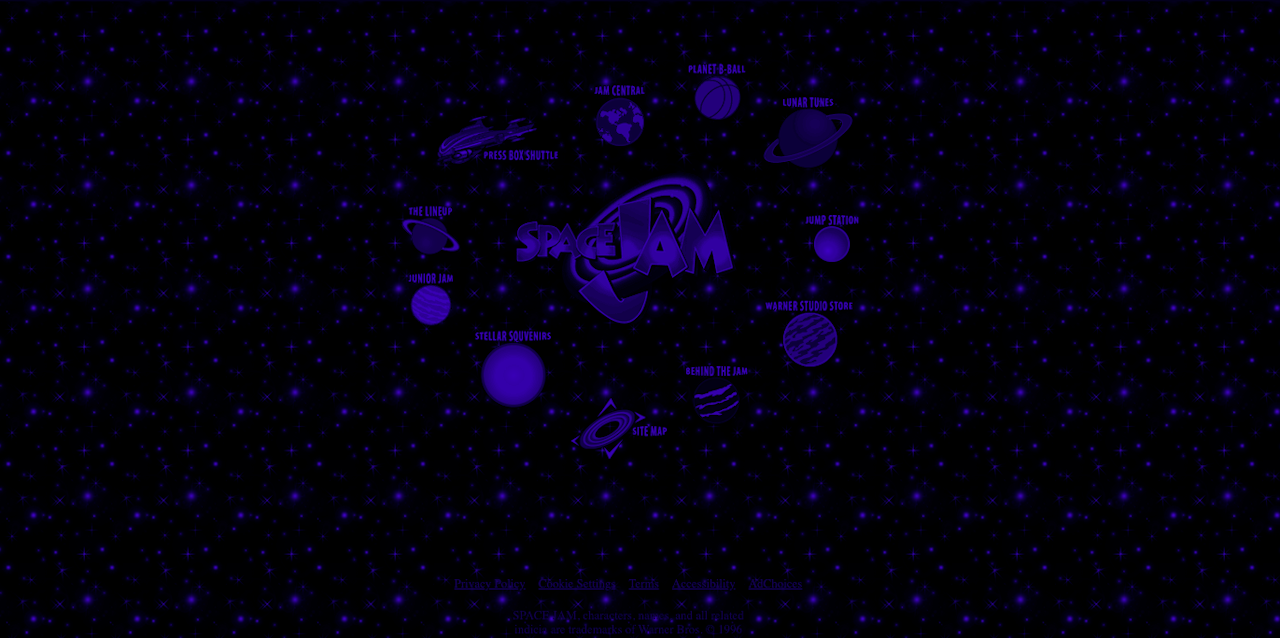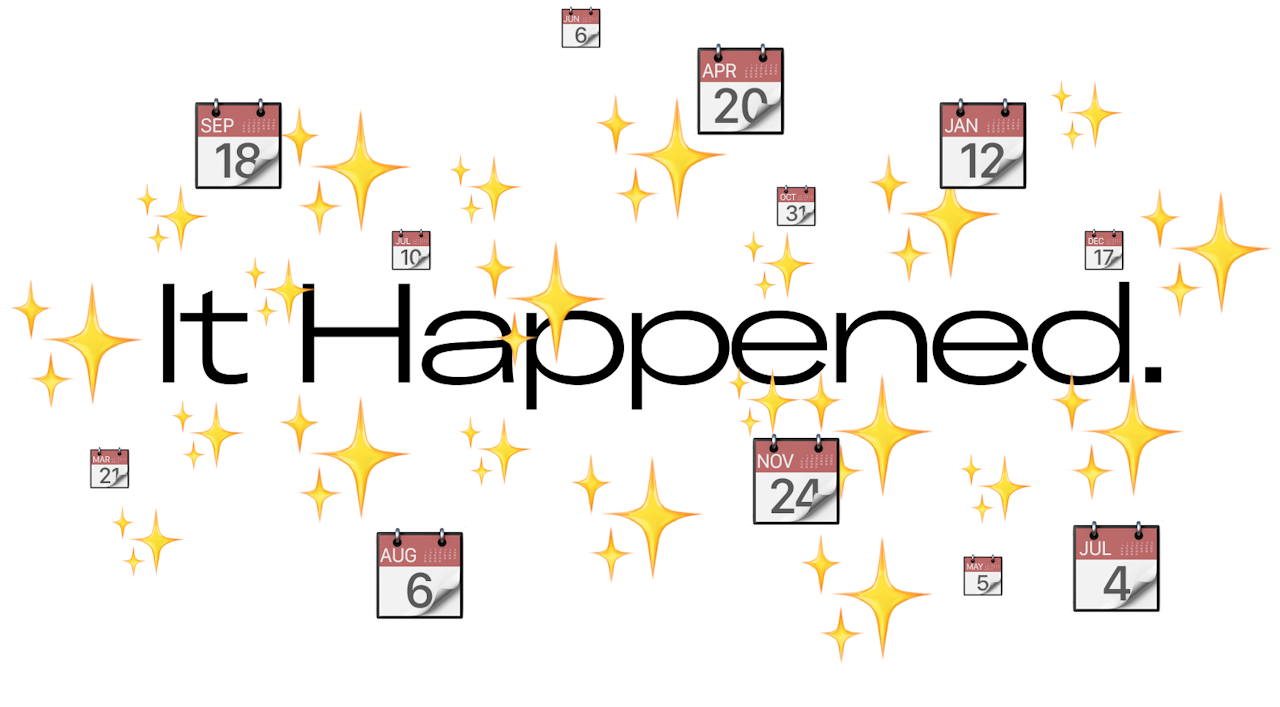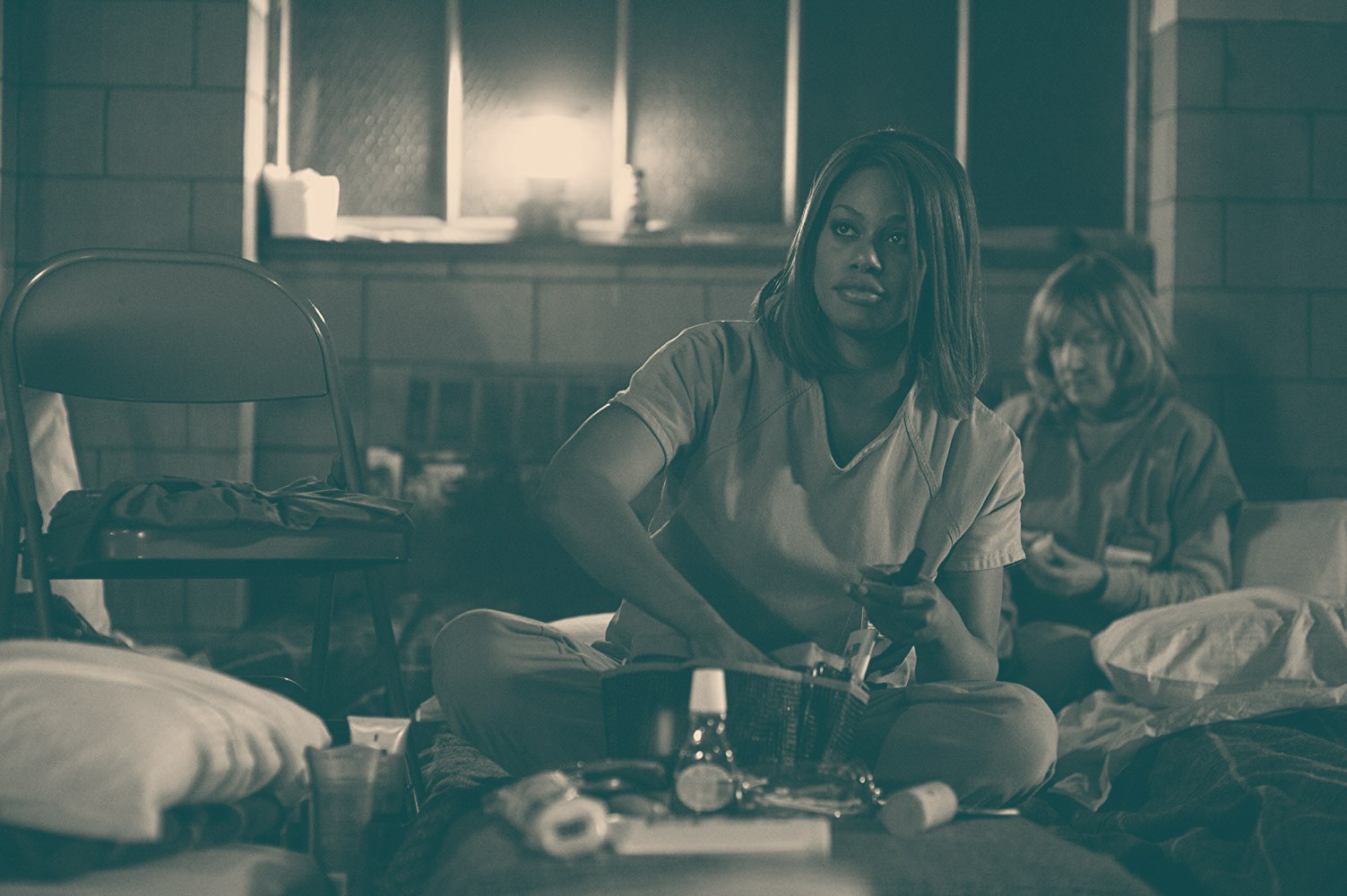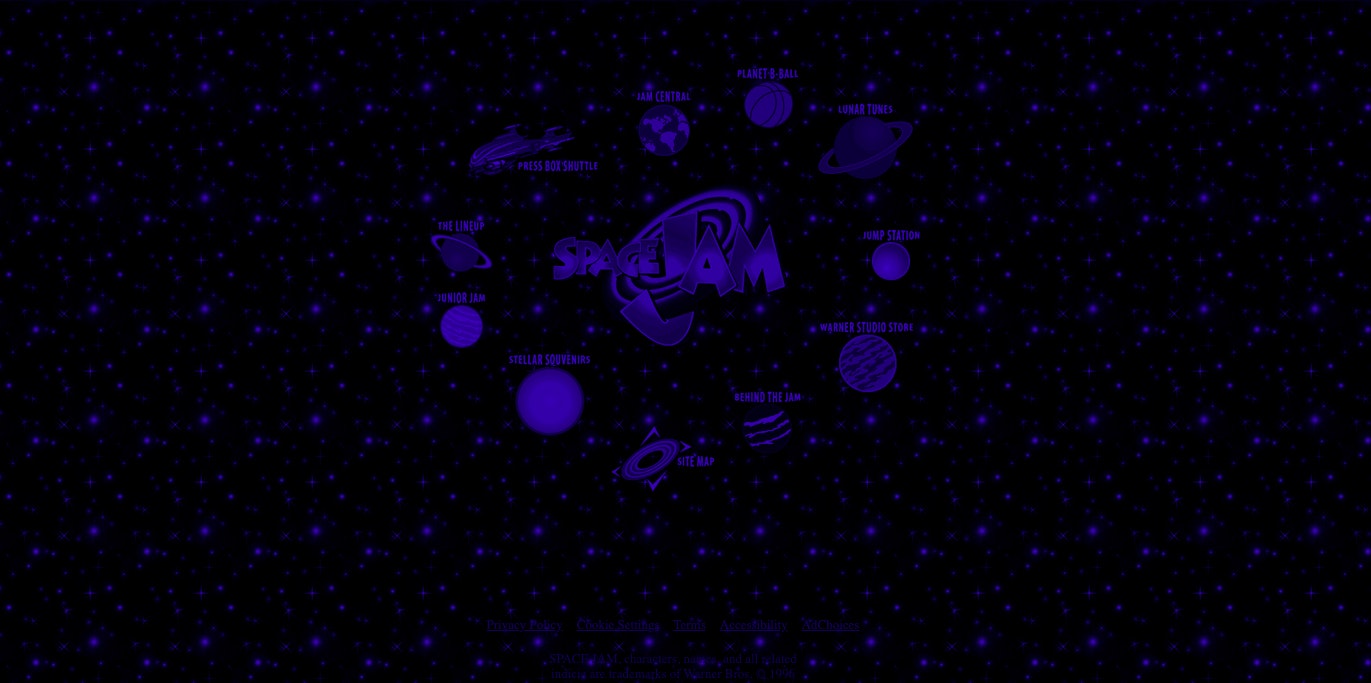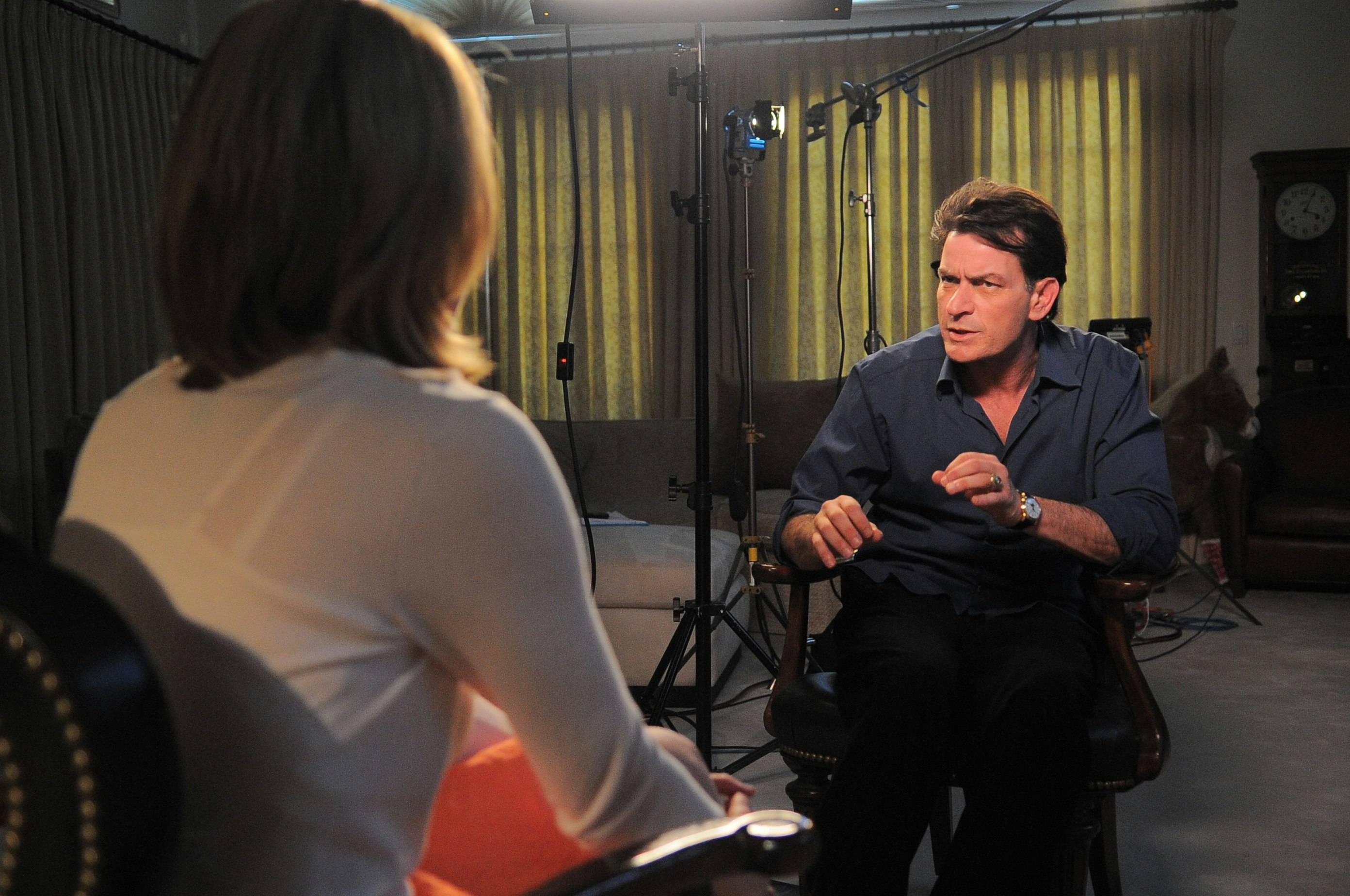In 1995, the utopian, galactic future was made tangible by software engineer David Bohnett and aerospace engineer John Rezner when they first invited you to their page: GeoCities.com. After several months of testing and developing their free web hosting service, GeoCities took the internet away from academics and hobbyists and gave it to The People, with 25,000 pages created by the first half of the decade’s end. For the first time, the internet was driven by user-generated content, as those who were connected to the early web (including Homer Simpson) began to tinker with paint-by-numbers HTML and CSS.
GeoCities welcomed users into its global village with kitschy gifs, an amateurish passion for graphic design, and a real sense of excitement for the globally connected future. Each frenzied webpage offered a window into their user’s lives, interests, hopes and dreams. Soon, GeoCities became one of the most inhabited spaces on the web and stayed that way through the late nineties. “This is the next wave of the net — not just information but habitation,” Bohnett announced.
It wouldn’t stay that way for long. At the turn of the millennium, and at the peak of web-based conspiracies, GeoCities was bought by Yahoo! For $3.7 billion. It soon proved to be a terrible investment, as web design evolved faster than any one corporation could consistently monetize, and attitudes toward the website that brought Cool Cat Gifs!! into the world turned sour. Within years, you didn’t need to learn HTML or CSS to make your own site — you could sign up for a Livejournal, Xanga, Blogspot, Myspace, and more platforms where clean and easy design was baked into the premise, and any colorful tweaking (remember the sparkly Myspace GIFs?) were solely optional. Ten years later, Yahoo! announced that they would be closing down the service, and on October 26, 2009, GeoCities ceased to exist.
Hardly even half a year after its closure, Mike Lacher created the GeoCities-izer. The tool promised to “make any webpage look as though it was created by a 13 year-old girl in 1996,” and incidentally prefaced the following decade’s taste for digital nostalgia and web 1.0 trinkets. Lacher, who was making internal corporate software at the time of the GeoCities-izer’s creation, remembers the post-GeoCities internet as becoming increasingly “professionalized and iPhone-esque,” he told The Outline on a call, as users deflected to stark and restrictive services like Facebook and LinkedIn. “I remember having to replicate the sort of shiny style of web 2.0, and it was always frustrating trying to make things match that cool high gloss aesthetic. I found myself missing the days when you could put a couple header tags, set a background color and put some gifs on it, and your stuff would look as good as a movie studio’s website would.”
As the web was becoming less individualized and amateurish, with platforms like Facebook and Twitter increasingly monopolizing user attention and determining everything down to the way users expressed themselves (isn’t that a mood?), nostalgia for web 1.0 formally emerged, and early internet artefacts became an object of study. In 2011, Nyan Cat — a heavily pixelated, identifiably Web 1.0 throwback — ranked at number 5 of YouTube’s most viewed videos that year. BuzzFeed mournfully curated lists dedicated to the best GeoCities sites. Cameron’s World, “a love letter to the internet of old,” emerged. Jeremy Scott’s 2012/13 collection at New York Fashion Week featured early internet iconography, including retired emoticons and instant messenger icons. Trend forecasters The Future Laboratory correctly predicted that the 2010s would create a new kind of nostalgia — “netstalgia,” they called it — which advertisers would later capitalize on.
As early internet nostalgia was coming into style, others were working to preserve the web of old. Two digital folklorists named Olia Lialina and Dragan Espenschied were downloading the largest digital torrent of all time — the entire back archive of GeoCities pages. Together, on November 1, 2010, they launched their Tumblr blog The One Terabyte of Kilobyte Age, which for the past decade, has automatically posted generated screenshots from the huge glut of Geocities homepages.
For Olia, the impulse to preserve such a monumental bulk of digital history was solely pragmatic. “I started to teach art and design online in 1999, and I could see how dramatically the World Wide Web was being redesigned in front of my eyes. What I showed students in April was not there in May, so I started to collect, and it started with starry backgrounds. While collecting I began to see the tragedy of what was happening,” she wrote over email.
She defined the 2010s as a decade in which hosting service providers were mercilessly deleting, closing, and discontinuing, without a thought given to the lives that were lived on their platforms. This corporate-motivated disregard for the internet’s past created what Olia defined as a “decade of ignorance” which has unwittingly provoked “waves of nostalgia for the internet’s past” among data-mined, streamlined Web 2.0 users.
Today, most people don’t exist online beyond centralized services like Facebook and Twitter, meaning that it’s basically unachievable to create an authentic voice on the internet. Hyperlinks once ran rampant on personal webpages, as they redirected you to, for example, Britney Spears wallpapers and screensavers, or appeared in a blogroll in the sidebar, where the webpage owner would link to their favorite blogs — “that’s how you built and shaped your identity and the web itself” Olia said. Now, Instagram only allows one — the ol’ link in bio.
The form and texture of this netstalgia is historically unprecedented. That word nostalgia (from the Greek nostos, meaning ‘return home,’ and algos, ‘pain’) was first used by a doctor to describe the acute homesickness experienced by Swiss mercenaries in the 18th century. As Simon Reynolds noted in his prologue to Retromania: Pop Culture’s Addiction to Its Own Past, the invention of the TV and telephone shifted nostalgia from a space to a time-motivated condition in the following century.
In this century, specifically the 2010s, our nostalgia has been digitized. Long-term internet users are no longer homesick so much as they’re homepage-sick for an online space that never came to fruition. “There is a very palpable sense of nostalgia for the unfulfilled promises of past utopian visions,” Shachar’s co-editor told Screenhub in 2013. The complicated pang of nostalgia that you feel while scrolling through the GeoCities-izer isn’t necessarily for the objects themselves — it’s for the context in which they were made, for the promises of an inclusive and utopic web that they were enmeshed in, yet have since failed to materialise. Hit counters, auto-playing midi files and scrolling marquees are rendered kitsch the same way that, say, Lana Del Rey kitschifies the failed aesthetics of the American Dream.
At the turn of the 2010s, a new genre of music emerged which expressed this new form of nostalgia and re-enchanted the failed aesthetics of the internet — vaporwave. Taking its name from vaporware, a practice wherein computer companies sell fake software in order to intimidate their competitors, vaporwave is commonly referred to as the first internet-based genre. The music tends to pastiche muzak of the ’80s and ’90s, as well as incorporating sounds of obsolete machines (that euphoric Playstation One start-up noise, for instance). The genre also comes defined by strong visuals — Roman busts, Doric columns, water bottles, Japanese symbols commonly appear on album covers and pastiches of album covers), in order to give a sense of the ahistorical placelessness from which the genre arrived.
Jornt Elzinga AKA vaporwave musician 猫 シ Corp explored this digitally filtered sense of placelessness with his 2014 album Hiraeth — a Welsh word for ‘coming home’. “I use(d) a lot of early internet images and feelings to create that special internet feeling again,” he told The Outline over email. “We want to show the good ol days again,” he said of him and his vaporwave peers, “the happy side. No dark web scary shit or scams, but the fun of early internet. That feeling of your first online webshop purchase!”
The London based PC Music collective, a slightly more refined extension of vaporwave, increasingly gained prestige since emerging in the mid-2010s. With their penchant for early AOL cyberculture and tendency to regenerate dismissed genres like eurodance and happy hardcore into squeaky clean pop, they’ve brought cultish, mid-tier popstars like Carly Rae Jepsen and Charli XCX into their vision, as they promise the sound of the future with elements of the obsolete past. “Their music, has just always felt like the perfect representation of freedom in the age of the internet to me. It’s really beautiful,” Laura Les of 100 Gecs told MixMag in July.
Alongside experimental musician Dylan Brady, Les released one of this year’s most talked about debut albums. The 10 songs on 1000 Gecs, including one titled “xXXi_wud_nvrstøp_ÜXXx,” are filtered through the hyperactivity of the pre-Facebook internet, in what’s clearly a tribute to the emo-meets-electronica sounds of the subcultural, Myspace-era web. This year, it was one project of a few, including EDM popstar Liz’s Planet Y2K, which attempted to excavate the feeling of surfing the once-customizable web. Even Beck’s latest album looks as though it was lifted from a vaporwave test tube.
Music became the most compatible vehicle for internet nostalgia this decade, since it is, like the internet, a ghostly medium, both textually and contextually informed by the past (often literally, through sampling). It is also, arguably, the artistic medium most negatively affected by the internet: Its unmatched turnover of micro-trends and material (no one will ever be able to surf the whole of the web, nor listen to every song on Spotify in their lifetime) has depreciated its value, while it’s also sped up the time it takes to feel nostalgic for former micro-trends.
In 2010, the same year that Mike Lacher created the GeoCities-izer, a precious internet artefact was rediscovered on a Reddit forum. 14 years after the fact, users came upon the HTML-5 intact website for the 1996 basketball film Space Jam. “Click on the pictures below to learn more about what is sure to be one of the most exciting films of the year!” its banal copy reads. Clicking on a spaceship takes you to the film’s press page. Still “no Space Jam news at the moment!” unfortunately. In February of this year, Marvel Studios took a leaf out of Space Jam’s ebook and launched their GeoCities-style website in promotion of its latest Captain Marvel movie, presaging a new wave of netstalgic advertising.
As the next decade begins and the internet becomes something we increasingly seek to escape from, rather than into, our nostalgia for the days of exasperatingly slow broadband and unnavigable webpages will escalate and evolve. “The draw to the internet for me was this idea that it was a space where you could really create an expression of yourself — an identity that you’re really, truly proud of,” the web developer and entrepreneur David Karp told The Verge in 2014.
Seven years earlier, when GeoCities became a ghost town and “vanilla, white profile pages” were taking over the web, Karp launched Tumblr — a “microblogging” site which naturally cultivated earnest, individual expression, and became the last viable hope for another GeoCities-like web. Like GeoCities, Tumblr was complicated. It was hard to navigate, hard to get the hang of, hard to parse — but this only worked in its favour. Communities felt more close-knit, and users felt a sense of privacy which allowed them to truly share themselves.
GeoCities and Tumblr also shared a common investor. In 2013, Yahoo! Acquired Tumblr for $1.1 billion, signalling the beginning of the website’s decline. Six years later, Automattic (the parent company of WordPress) purchased the near-barren site for a fairly embarrassing $3 million in August, 2019, just as it was about to capsize. Consequently, nostalgia for Tumblr — which offered a similar utopic promise — is beginning to mimic our nostalgia for GeoCities.
Digital nostalgia will endure because it’s irresistibly individualist. When I think of the early internet, I don’t think of the social vectors that led to cyber-racism; how it was used to disseminate racist ideology (which is perhaps why 4Chan today looks almost identical to its early internet incarnation), or how it was a space that predominantly championed elite nerds. I think of my own experiences, as though my Piczo webpage and unfed Neopets existed, and still exist, outside of time and history.
While I can’t think of anything fustier than being nostalgic for, say, 70s music or the so-called Golden Age of Cinema, it’s still acceptable to pine for a sunnier internet that feels just out of reach, as our modern experience increasingly curdles into something dystopian and socially destructive. I understand, though. It’s much more romantic to long for a place where you’ve never really been.
